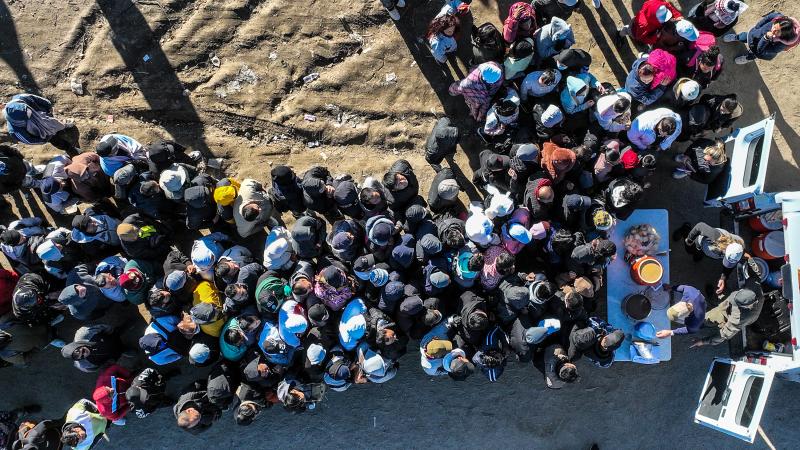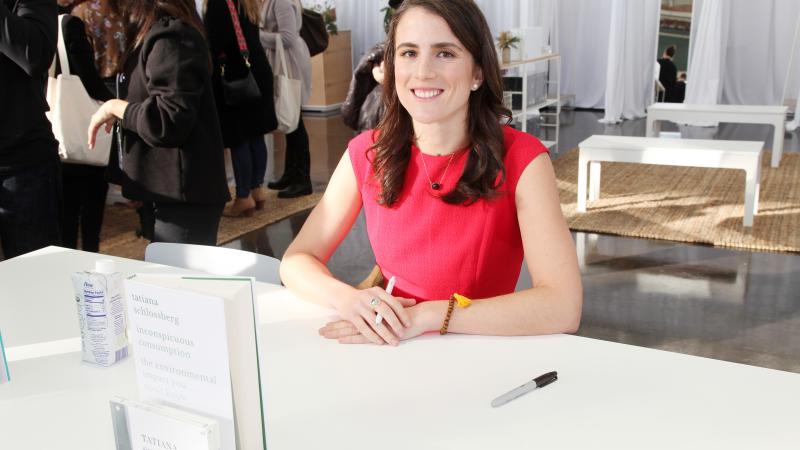St. Louis Federal Reserve leader wants interest rates to rise 300 basis points
Fed needs to accomplish two goals – keep inflation low and prevent the U.S. economy from entering a recession, official says.
Interest rates should substantially increase to control inflation, but the leader of the Federal Reserve Bank of St. Louis believes regional and national economic conditions are good.
“In the last five or six months, you’ve got this kind of ‘holy cow’ feature to the inflation that we really have to get on,” Jim Bullard, president and chief executive officer of the Federal Reserve Bank of St. Louis, said during a presentation Thursday at the University of Missouri-Columbia.
“Combined with the policy rate being all the way down at zero – it wasn’t like the policy rate was 2% or 3% – we had to go higher from there. We’re still all the way at zero, so this confluence of events has really put us in a tough position and we’re really going to have to move now to get this under control.”
Bullard said inflation is “a mess that we haven’t seen in 40 years,” and the Fed’s benchmark interest rate needs to increase to 3.5% from the current 0.5%. He said the credibility of the Fed’s forward guidance is influencing the market to raise interest rates, especially for mortgages. The current rate for a 30-year fixed mortgage is around 4.8%.
“We’re getting close to 5%,” Bullard said. “The mortgage market is obviously long-term borrowing. They are up sharply, and the Fed has barely lifted a finger.”
He acknowledged higher rates and inflation would present more challenges for low- and moderate-income households. However, he said higher rates are needed to prevent embedded inflation.
“Lower-income people are getting hit the hardest right now,” Bullard said. “Wages are increasing, so people think it’s great getting a raise. But it’s not keeping up with inflation, so they’re actually worse off. And some of that happened in the 1970s as well.”
Bullard predicted the unemployment rate would go below 3%, and the labor market will remain strong. He acknowledged labor costs hampered businesses during the pandemic. He also predicted those who retired as the pandemic peaked wouldn’t return to work. Likewise, a family’s potential second wage earner – one who quit their job to stay home during the pandemic – will gradually return to work.
“We are pulling people back into the labor force, but that’s a slow process,” Bullard said. “It’s not something that’s occurring at a high enough frequency to help us with the inflation dimension. … I do think it’s a sensational labor market from the point of view of somebody that’s been marginalized and is looking for work. This is a great time to get out there and get a match or encourage somebody that has had trouble. You could set yourself up for the next five years or more.”
Bullard stated the Fed needs to accomplish two goals – keep inflation low and prevent the U.S. economy from entering a recession. He also reminded the audience the Fed has a statutory mandate to provide stable prices in the U.S. economy.
Bullard said economic growth in the first quarter was slowed by the spread of the omicron variant but predicted more robust growth for the remainder of the year as more businesses reopen after the pandemic. He said the economic impact of the war in Ukraine must be monitored, but it shouldn’t hinder any action from controlling inflation.
“Obviously, it will have some impact on the U.S., but it will have a bigger impact on Europe,” Bullard said. “Altogether, Europe is a bigger economy than the U.S. So it would matter a lot if Europe went into recession.”















